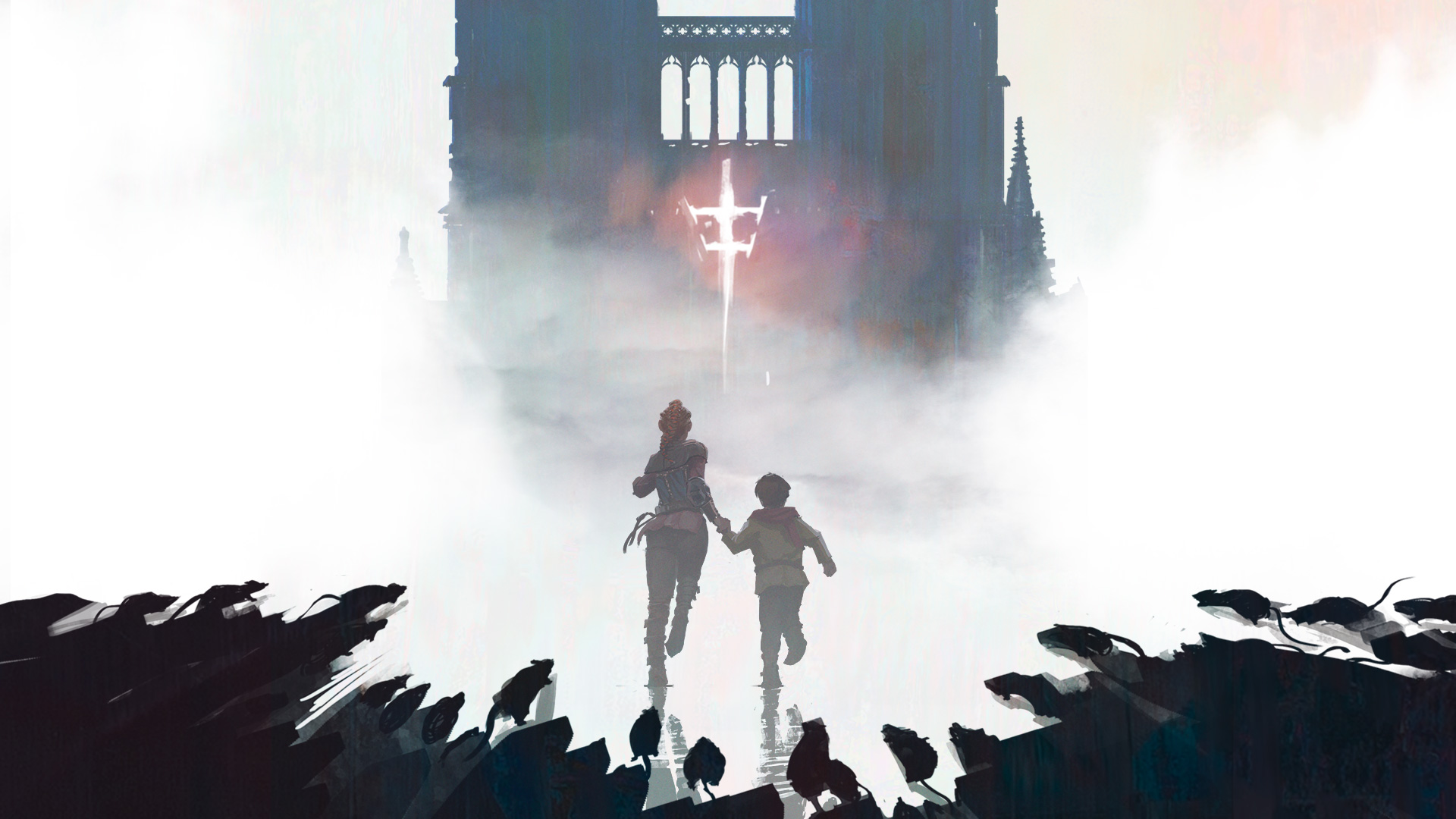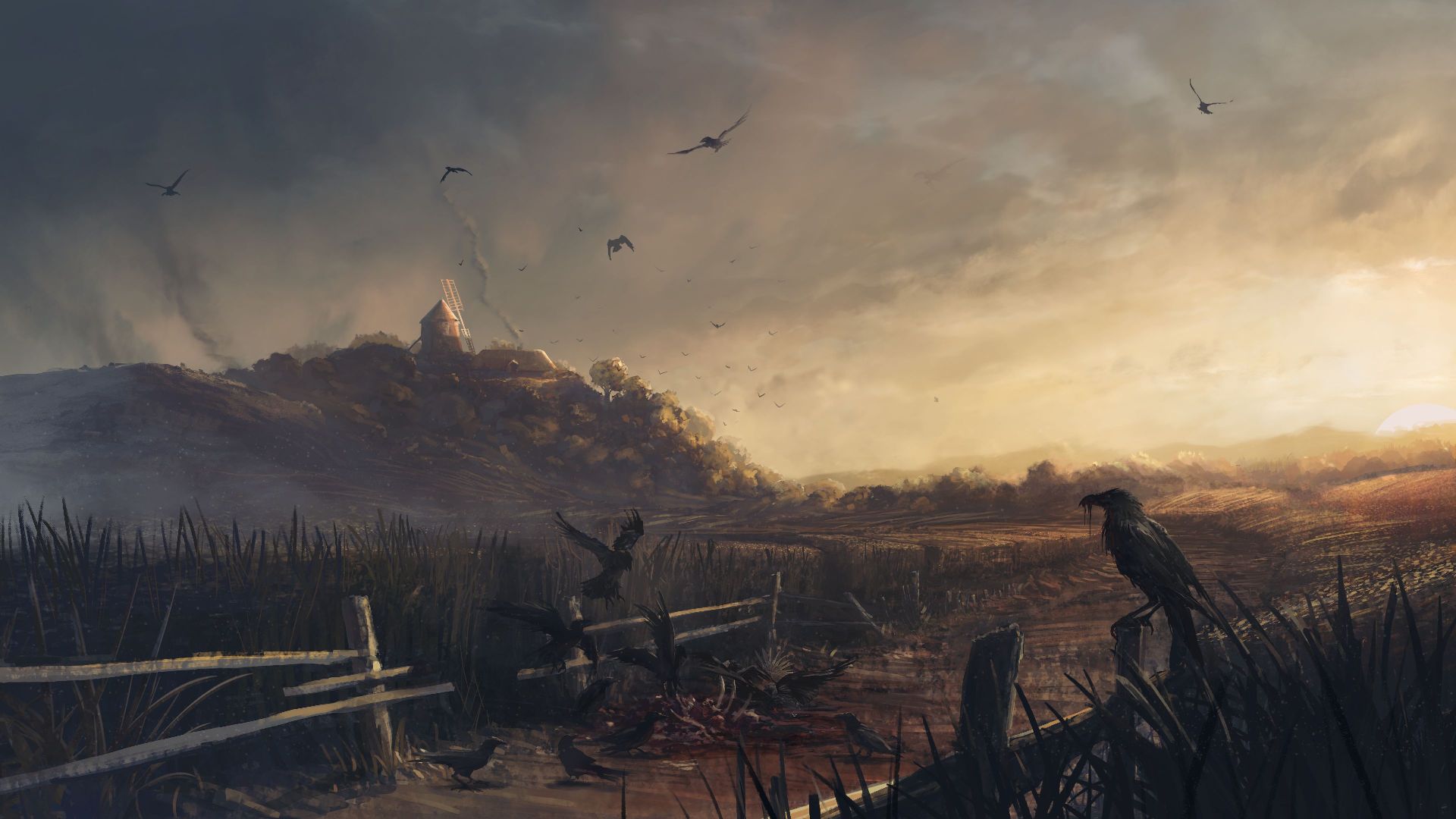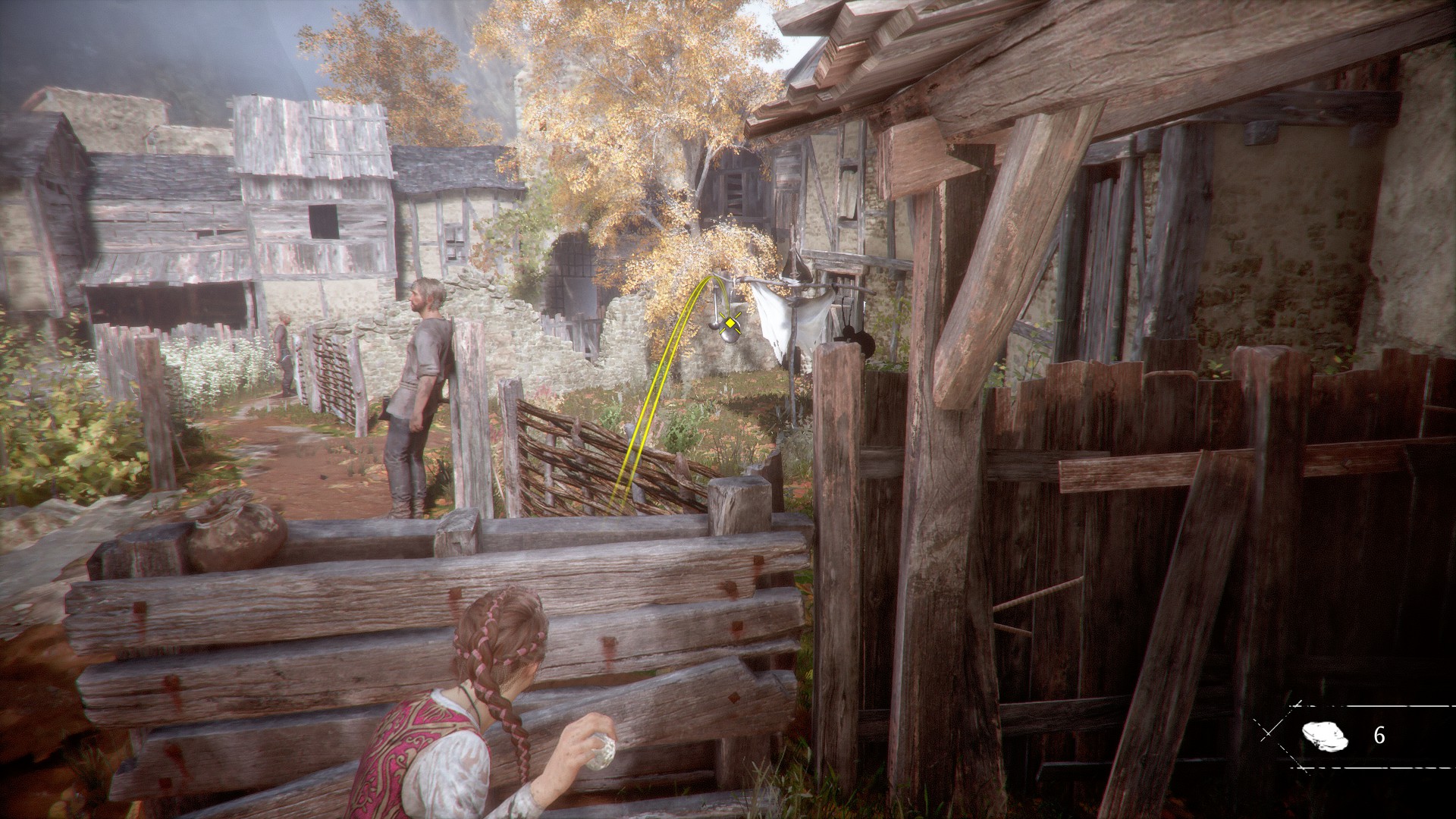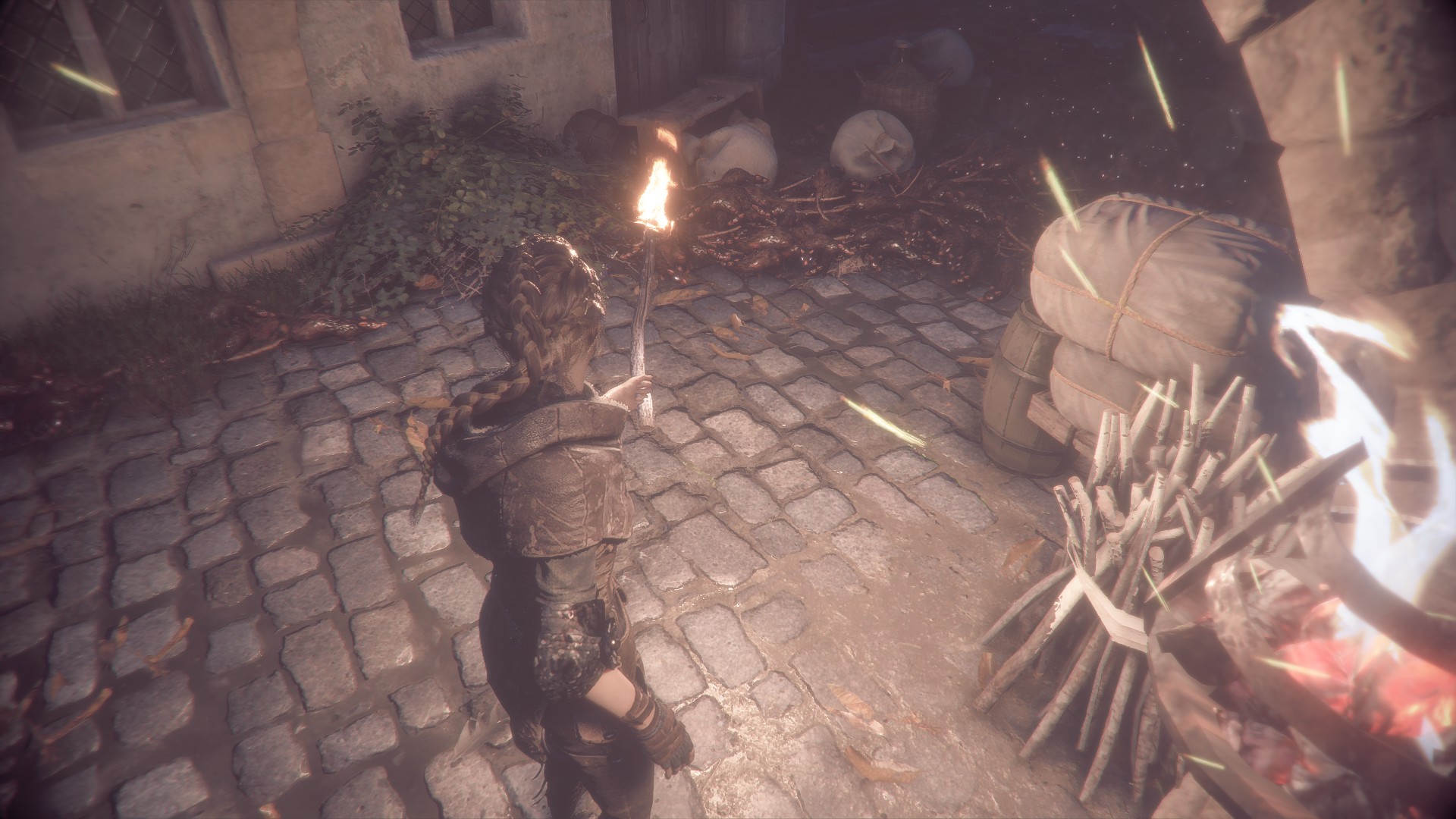We’ve been tracking A Plague Tale: Innocence for most of the last year now. Even if it wasn’t set in an underrepresented historical era — at the start of the Hundred Years’ War in medieval France — it’s a game in which you feed a couple of dozen English soldiers to an army of supernatural demon rats. That gets your attention.
Plague Tale is coming out for PlayStation 4, Xbox One, and PC on Tuesday. In advance of its release, we sent a few questions over to the game’s developers at Asobo Studio in Bordeaux, France. Plague Tale is the company’s first original IP in 14 years, since the 2005 console game Nemesis Strike.
We got a chance to talk to game designer Kevin Choteau, who has a long history in the industry, about the game’s inspirations and background.
Thomas Wilde: What was the start of the Plague Tale project? What did you want to do, and how did you end up doing this in particular?
Kevin Choteau: It’s been a long time since the team wanted to make something a little more personal. We wanted to speak about family bonds. As the studio has evolved, some of us have gotten kids, built a home, grown older, things like that. We also had an idea for a tale, something with realistic roots but also through the eyes of a kid discovering the world and understanding it with his own references and beliefs.
Remember all the engravings about Grimm’s or [Charles] Perrault‘s tales? It was something like a starting point: our first vision was to feature children facing the brutality of the world alone and finding the means to fight this adversity, gain experiences, grow stronger, and become adults. I think (I hope) we’ve managed to stay true to this original vision.
 Kevin Choteau, of Asobo Studio.
Kevin Choteau, of Asobo Studio.
TW: Can you walk me through your research process? Some of you were at E3 last year and told me you did a lot of historical research in France.
KC: Yes, we did read a lot of books, studied a lot of documentaries, movies, TV series, and paintings. We have this big database file where everyone was sharing ideas and resources.
We also explored our region to find architectural references. We are very lucky because here in the south-west of France, we have many remains from the medieval era like St. Emilion, the Dordogne and Périgord area, Carcassonne, many monuments in Bordeaux, etc.
TW: Paint a historical picture for me of the period of time in which Plague Tale takes place.
KC: The 14th century is a turning point of European medieval history.
It’s a setting for major unexpected changes. At that time, the Guyenne province, in the south-west of France (where the story takes place), was ruled by England. The Hundred Years’ War began when the Plantagenets‘ influence was disputed by the Valois family. It was the beginning of many very violent battles.
When the soldiers had nothing to do, they turned to banditry, sacking villages and terrorizing the people. At that time, the Inquisition was losing some of its influence and some very radical leaders emerged with extreme doctrines.
1347 was also the beginning of the Black Death, which arrived by ship in Marseilles. Something like 25 million people died from the Plague. That’s half the population of Europe. The population went mad, seeking something to blame. Sometimes it was their own neighbors, sometimes strangers just trying to survive. As you can imagine, it was not a peaceful and easy period to grow up in.
TW: What were some of your influences going into this? Movies, shows, music, other games, etc.
KC: We were informed by a lot of different sources, from music to TV series, books or even paintings. For the medieval setting movies like Macbeth or Black Death were inspiring references but, as I said previously, we also have the chance to live in a region where medieval times are still visible in villages, monuments, etc.
For the kids, we were inspired both by the folktales of Grimm or Perrault and the Studio Ghibli movies. The way they develop stories, the way they present characters, the philosophy… they are definitely gems of our times.
TW: How would you describe Plague Tale in terms of genre? I spoke to some of you at E3 last year and it struck me as a horror game at heart, but having played the demo, it’s perhaps more of an adventure game with some horror-themed areas and encounters.
KC: Yes, it’s an adventure above all, a coming-of-age journey that uses gameplay to convey the story and make it move forward.
We did not create our game to fit a specific genre. We created it more like an emotional experience served by interactivity, as well as the relationship between the players and two kids brutally thrown into the fury of a collapsing world.
—
For more on A Plague Tale: Innocence, be sure to head over to our review when it goes live tomorrow.










Published: May 12, 2019 10:45 pm